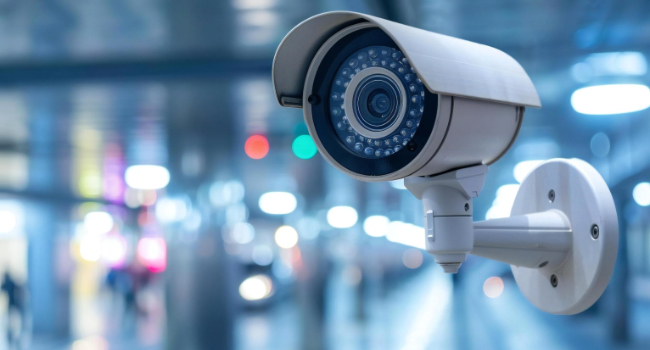
Report: 2025 Video Surveillance Market Set to Grow After Small Decline in 2024
Novaira Insights has unveiled its latest report, “World Market for Video Surveillance Hardware and Software – 2025 Edition.”
The research indicates that the global market for video surveillance hardware and software experienced a slight decline of 0.3% in 2024. This performance fell short of previous forecasts, primarily due to a significant decrease of 7.8% in the Chinese market. Conversely, the rest of the world saw a growth of 4.9%. The global market for video surveillance equipment was estimated to be worth $25.0 billion in 2024.
The Chinese market’s downturn is linked to reduced government spending on video surveillance, which had been redirected towards COVID-19 response and economic support during lockdowns in 2022, the government funding and focus on the surveillance industry has not returned to pre-COVID levels. Novaira insights has revised down its forecasts compared with previous years for the Chinese market and we are pessimistic regarding its ability to return to a high growth market.
Outside of China, revenue growth in 2024 also fell short of earlier forecasts. A key factor was geopolitical developments and elections in several countries—including India, the United States, Mexico, France and Germany—which led to disruption to government project spending and budgetary cycles. However, long-term prospects for the global market excluding China remain strong, with growth expected to accelerate through the rest of the decade.
The report forecasts a compound annual growth rate (CAGR) of 8.1% for the global market excluding China from 2024 to 2029. This growth is driven by robust expansion in emerging markets such as India, Latin America, and the Middle East, along with increased demand for cloud solutions in established markets like North America and Western Europe.
The macro trends identified in the report include the transition to cloud technology and the rise of artificial intelligence (AI) in video surveillance. The USA and Canadian markets are leading the shift towards cloud-based solutions, with significant growth in recurring cloud video management software revenues. Additionally, AI technologies are enhancing video analytics performance, approaching a majority of new camera shipments to include deep learning powered video analytics capabilities on their embedded chipsets. This plus the renewed drive towards system wide intelligent automation is propagating AI use across surveillance systems.